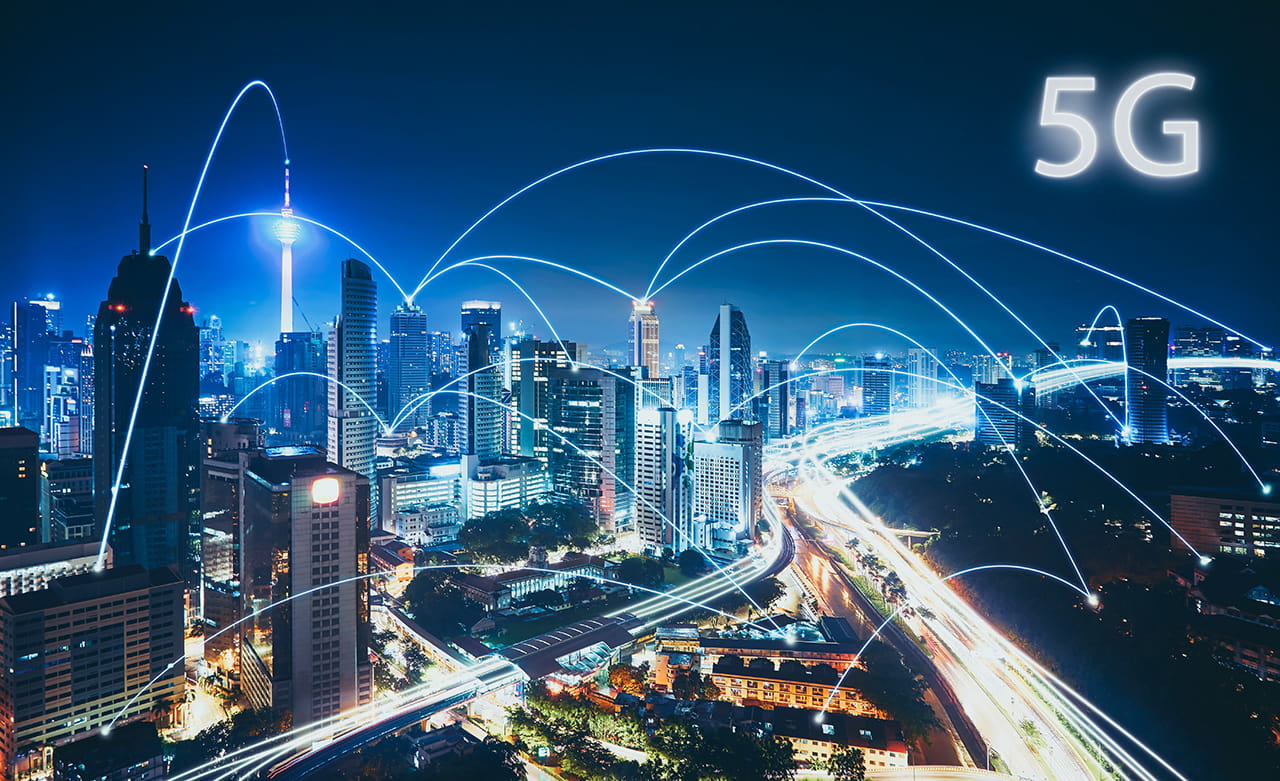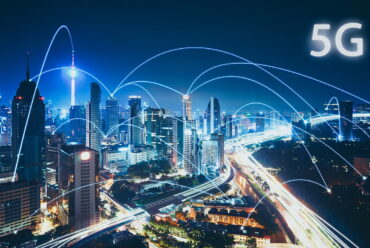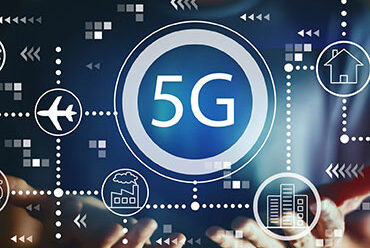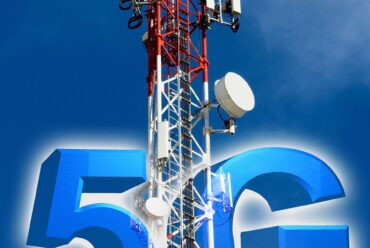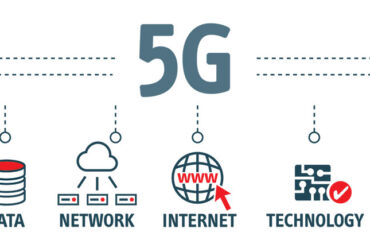How 5G Can Change Education
Innovations in telecom like 5G come once a decade, and such technologies bring major changes around the world in every industry and every aspect of life. This is just how the ever-changing, modern world communicates and functions.
If you are over 30, you probably saw and lived through the changes that 3G and 4G brought about. They transformed our tech, how we interact with tech, and subsequently, our way of life. You can expect the same from 5G, especially now that it has started to take global hold.
While the business sector has plenty to gain from 5G, this new technology has a lot to offer to learners worldwide.
Today, we will discuss how 5G can change education and benefit global learning for students and the upcoming generation.
How 5G Can Change Education
Here are some of the key benefits and main ways that 5G can change education worldwide.
-
Improved Teachers-Student Interactions and Peer Collaborations
5G technology could not have come at a better time. We need the fast bandwidth speeds for education more than ever because of the global pandemic. Much of the world’s education relies on high-speed internet to conduct classrooms on video conferencing platforms like Zoom.
Typically, when you use Zoom with multiple people, there is a high chance of lagging and poor connectivity. The compromised connectivity can hurt the online classroom because teacher-student interactions become difficult, hindering remote learning.
However, 5G electronic parts can improve the online classroom experience by providing video conferencing platforms with more reliable and quality bandwidth speeds. It will allow classrooms to save time on delays, connectivity issues, video/audio lagging, and general limitations.
Instead, teachers and student interactions in remote settings will be free from miscommunications, lags, or delays. Moreover, students worldwide will have the ability to download large, high-quality video and learning content faster than ever before.
Even peer collaborations among educators and learners will benefit from the fast data transmission speeds and lag-free, real-time communications.
-
Widespread Integration of Immersive Learning
Not all learning is theoretical or conceptual. Some skills, such as vocational trade skills, lab work, and other hands-on experiences, require more stimulation to produce quality learning experiences online as they may in real-time, in-person learning.
This is where 5G can help by bringing the widespread integration of immersive learning in the online classroom through supported technologies like Augmented Reality (AR) and Virtual Reality (VR). Students will be able to learn new skills and present abstract concepts in an interactive way.
The high-speeds of 5G will provide a seamless AR and VR experience and larger network capacity. Learners will be able to freely explore practical problems and intricate concepts by pinching, zooming, and even touching, supported by haptic feedback technology.
Such a tactile form of learning will improve the online classroom experience immensely beyond the video conferencing platforms, enriching teacher-student interactions even more.
-
Personalized Learning
As telecommunication grows with 5G, so will the technologies that trickle down to the common person. This development means we may finally be able to ditch the old ways of following a uniform, one-size-fits-all approach to learning.
With 5G electronic parts and systems, we can better utilize cloud computing, machine learning, and AI to improve personalized learning. We can develop and introduce smart systems to understand the unique needs of individual learners and provide targeted learning experiences.
Imagine virtual teaching assistants enabling students to access different learning materials and assessments that match their learning profiles and preferences.
-
Reduced Drop-Out Rates with On-the-Go Learning
For many learners worldwide, higher education is a luxury that their busy lives cannot accommodate. Millions of students drop out or do not start their education because life gets in the way, causing them to choose work over education to support themselves at the same time.
5G can change that! While colleges and universities provide flexible schedules, 5G can expand to reach more aspects of their daily lives. By making on-the-go learning easy for everyone across multiple devices, students will finally be able to schedule their learning to suit their busy lives better.
The increased flexibility for busy students and busy professionals will improve learning experiences and reduce drop-out rates across the board.
Conclusion
Perhaps the most important benefit of 5G is how it will accelerate democratization of access to quality education, better than the previous generation 4G did. Moreover, it will help global education become more inclusive and affordable.
This will have major benefits, especially for under-resourced communities, because quality education will become more accessible and widespread.
If you want to learn more about how 5G is changing education and the world or procurement of 5G electronic parts for your education institute, please visit our website today.
